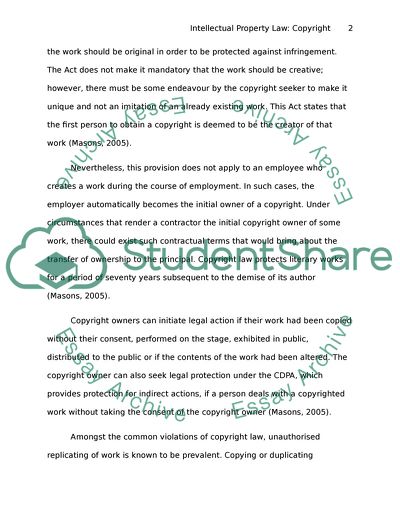Cite this document
(Intellectual Property Law - Copyright Case Study, n.d.)
Intellectual Property Law - Copyright Case Study. Retrieved from https://studentshare.org/law/1706952-intellectual-property-law-copyright
Intellectual Property Law - Copyright Case Study. Retrieved from https://studentshare.org/law/1706952-intellectual-property-law-copyright
(Intellectual Property Law - Copyright Case Study)
Intellectual Property Law - Copyright Case Study. https://studentshare.org/law/1706952-intellectual-property-law-copyright.
Intellectual Property Law - Copyright Case Study. https://studentshare.org/law/1706952-intellectual-property-law-copyright.
“Intellectual Property Law - Copyright Case Study”, n.d. https://studentshare.org/law/1706952-intellectual-property-law-copyright.


